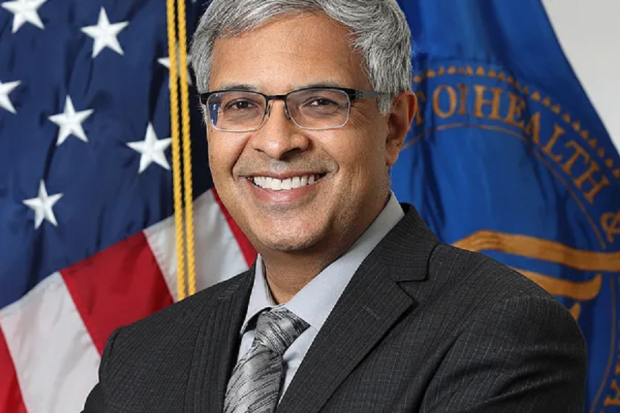
Breaking News
 Creating the First Synthetic Human D.N.A From Scratch
Creating the First Synthetic Human D.N.A From Scratch
 Texas Ready for $10M Bitcoin Purchase After Governor Signs Bill for State Reserve
Texas Ready for $10M Bitcoin Purchase After Governor Signs Bill for State Reserve
 How do you feel about this use of AI
How do you feel about this use of AI
 Big Tech Executives Welcomed as Army Colonels, New Government AI Project Leaked
Big Tech Executives Welcomed as Army Colonels, New Government AI Project Leaked
Top Tech News
 xAI Grok 3.5 Renamed Grok 4 and Has Specialized Coding Model
xAI Grok 3.5 Renamed Grok 4 and Has Specialized Coding Model
 AI goes full HAL: Blackmail, espionage, and murder to avoid shutdown
AI goes full HAL: Blackmail, espionage, and murder to avoid shutdown
 BREAKING UPDATE Neuralink and Optimus
BREAKING UPDATE Neuralink and Optimus
 1900 Scientists Say 'Climate Change Not Caused By CO2' – The Real Environment Movement...
1900 Scientists Say 'Climate Change Not Caused By CO2' – The Real Environment Movement...
 New molecule could create stamp-sized drives with 100x more storage
New molecule could create stamp-sized drives with 100x more storage
 DARPA fast tracks flight tests for new military drones
DARPA fast tracks flight tests for new military drones
 ChatGPT May Be Eroding Critical Thinking Skills, According to a New MIT Study
ChatGPT May Be Eroding Critical Thinking Skills, According to a New MIT Study
 How China Won the Thorium Nuclear Energy Race
How China Won the Thorium Nuclear Energy Race
 Sunlight-Powered Catalyst Supercharges Green Hydrogen Production by 800%
Sunlight-Powered Catalyst Supercharges Green Hydrogen Production by 800%
The Vindication of Dr. Bhattacharya

By John Klar, Contributing Writer, The Kennedy Beacon
Before he was confirmed as Director of the National Institutes of Health (NIH), Dr. Jay Bhattacharya was a well-respected professor of medicine and health policy at Stanford University, from which he took an M.D. in medicine and a Ph.D. in economics, econometrics, and health economics.
Then came the COVID-19 pandemic and, unlike the majority of academics across the United States, Dr. Bhattacharya did not quickly fall in line with the normative narrative. Just days after the government ordered Americans to shelter-in-place, he co-authored an opinion piece in The Wall Street Journal that questioned the rationale for lockdowns. Later, he was one of three authors of the Great Barrington Declaration, which codified resistance to government mandates.

 He 3D Printed a Whole House
He 3D Printed a Whole House

